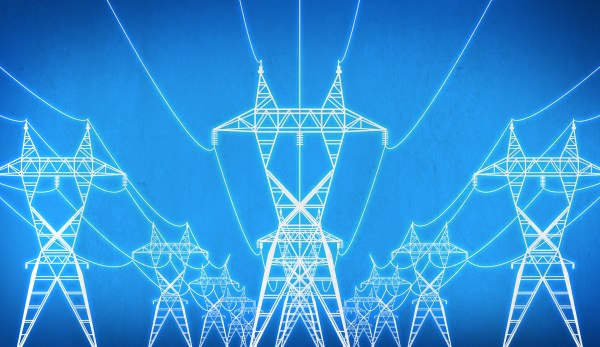Today, creating a ground-breaking video game is akin to making a movie. You need a story, graphic artists, music, and more. But until the middle of the 20th century, there were no video games. While several games can claim to be the “first” electronic or video game, one is cemented in our collective memory as the first one we’d heard of: Pong.
The truth is, Pong wasn’t the first video game. We suspect that many people might have had the idea, but Ralph Baer is most associated with inventing a practical video game. As a young engineer in 1951, he tried to convince his company to invest in games that you could play on your TV set. They didn’t like the idea, but Ralph would remember the concept and act on it over a decade later.
But was it really the first time anyone had thought of it? Perhaps not. Thomas Goldsmith Jr. and Estle Ray Mann filed a patent in 1947 for a game that simulated launching missiles at targets with an oscilloscope display. The box took eight tubes and, being an oscilloscope, was a vector graphic device. The targets were physical dots on a screen overlay. These “amusement devices” were very expensive, and they only produced handmade prototypes.



















